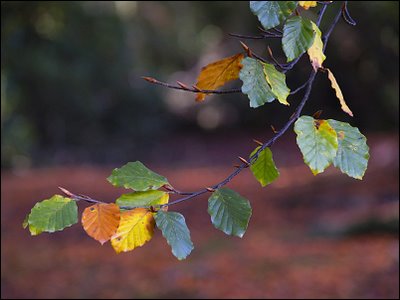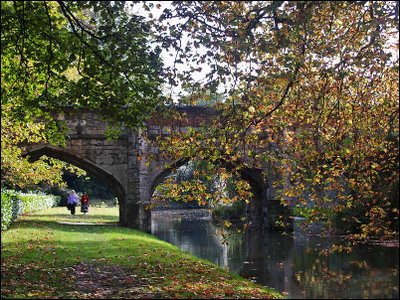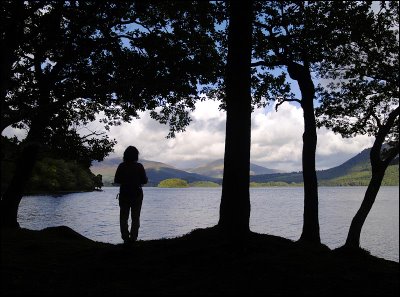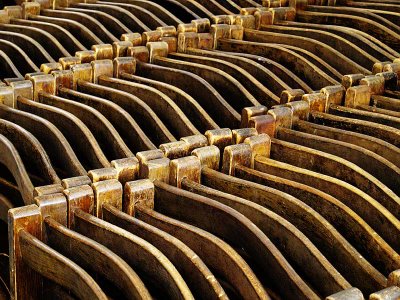There had been earlier buildings which emphasised glass in their exterior elevations. "Hardwick Hall, more glass than wall", was the saying about a notable Elizabethan (built 1590-97) country house in Derbyshire. However, it was not until the "curtain wall" hung from a steel or concrete frame took off, following the example of the Bauhaus building at Dessau in Germany, that the seemingly impossible trick of a big building with glass walls became feasible. The rest, as they say, is history. After the second world war glass-faced buildings gradually increased in number until today they are found in every industrial or commercial centre.
My photograph shows a detail of one of the new glass-walled office blocks that have appeared near the new (also glass-walled) London City Hall on the south bank of the Thames. In fact, this location seems to have become a touch sterile due to the preponderance of glass (and grey paving and walls). The redevelopment hasn't been fully completed, so I'll reserve my final judgement, but the present site is crying out for more planting. I took this shot because of the ethereal effect of the tinted glass reflecting the blue sky and clouds. I used a long focal length zoom and selected a section of the curved buildings, emphasising the repeated lines of the grey horizontal beams. Post processing involved a slight increase in contrast and sharpening. Incidentally, it's interesting how the restrained elegance of the exterior contrasts with the human clutter seen through the glass!
photograph & text (c) T. Boughen




















